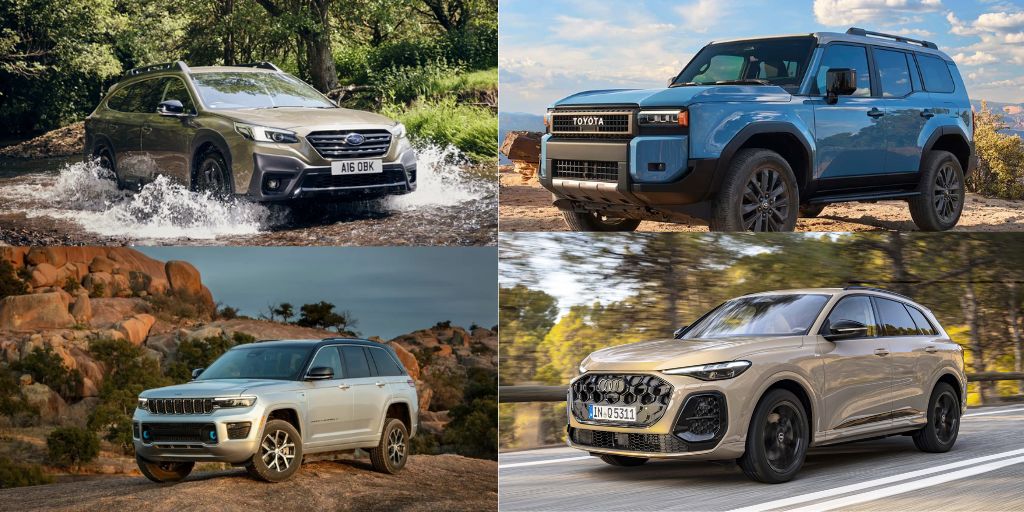When the cold winter months hit, some SUVs rise to the occasion, offering exceptional durability and performance in harsh, snowy conditions. These are the vehicles that provide peace of mind, with all-wheel drive systems, powerful engines, and rugged builds designed to conquer ice, snow, and freezing temperatures.
Whether you’re driving through mountainous regions or tackling everyday commutes in areas prone to harsh winters, some SUVs are engineered to provide maximum reliability when you need it most.
However, not all SUVs are created equal when it comes to winter driving. While some might shine in dry conditions, they falter in extreme cold, snow, or icy roads.
From unreliable all-wheel-drive systems to subpar traction control, some SUVs simply don’t have the necessary components or design to withstand the brutal demands of winter driving. For owners in colder climates, knowing which vehicles to avoid is just as important as knowing which ones excel.
In this article, we’ll explore 5 SUVs that withstand harsh winters and 5 that don’t even start when temperatures plummet. The key to surviving the winter months isn’t just about having a sturdy vehicle, but one that’s built to handle extreme conditions without breaking down when it matters most.
Also Read: 5 Cars That Hold Up in Flood Zones and 5 That Fall Apart in Rain
5 SUVs That Withstand Harsh Winters
Winter can be one of the most challenging seasons for vehicle owners, especially those living in areas with heavy snowfall, freezing temperatures, and icy roads. When the snow piles up and the mercury drops, having an SUV that can handle these harsh conditions is crucial.
Whether it’s traversing snow-covered streets, climbing icy hills, or navigating slushy terrain, the right SUV can make all the difference in keeping you safe and moving forward.
A key factor that determines an SUV’s winter readiness is its all-wheel drive (AWD) or four-wheel drive (4WD) system. These systems provide better traction and control, ensuring that power is delivered to all four wheels, which is essential for maintaining stability on slippery surfaces.
However, it’s not just about having AWD or 4WD; other features like winter tires, heated seats, and stability control systems play a significant role in a vehicle’s winter performance.
Some SUVs also have advanced safety features designed specifically for winter conditions, such as hill descent control, which helps maintain a safe speed when descending icy slopes, or automatic traction control, which adjusts power delivery to wheels that are slipping.
Durability, ground clearance, and engine performance are other factors that make certain models standout when facing winter’s challenges.
In this section, we’ll dive into 5 SUVs that can tackle the harshest winter conditions. From the icy plains to snowy mountain passes, these vehicles are built to perform in freezing temperatures and ensure you get where you need to go — no matter the weather.
1. Subaru Outback
The Subaru Outback has long been a favorite for winter driving, thanks to its Symmetrical All-Wheel Drive (AWD) system and excellent ground clearance. This midsize crossover is specifically designed to handle harsh conditions, whether you’re navigating through heavy snow or tackling icy roads.
The Outback’s AWD system continuously distributes power to all four wheels, improving traction and stability, while the vehicle’s X-Mode function optimizes engine output and control on slippery surfaces.
A key feature of the Outback is its impressive ground clearance — up to 8.7 inches — which allows it to glide over deep snow without scraping the undercarriage.
Additionally, the Outback comes equipped with heated seats, windshield wipers with de-icing capability, and stability control systems that make it a reliable choice for any winter adventure.
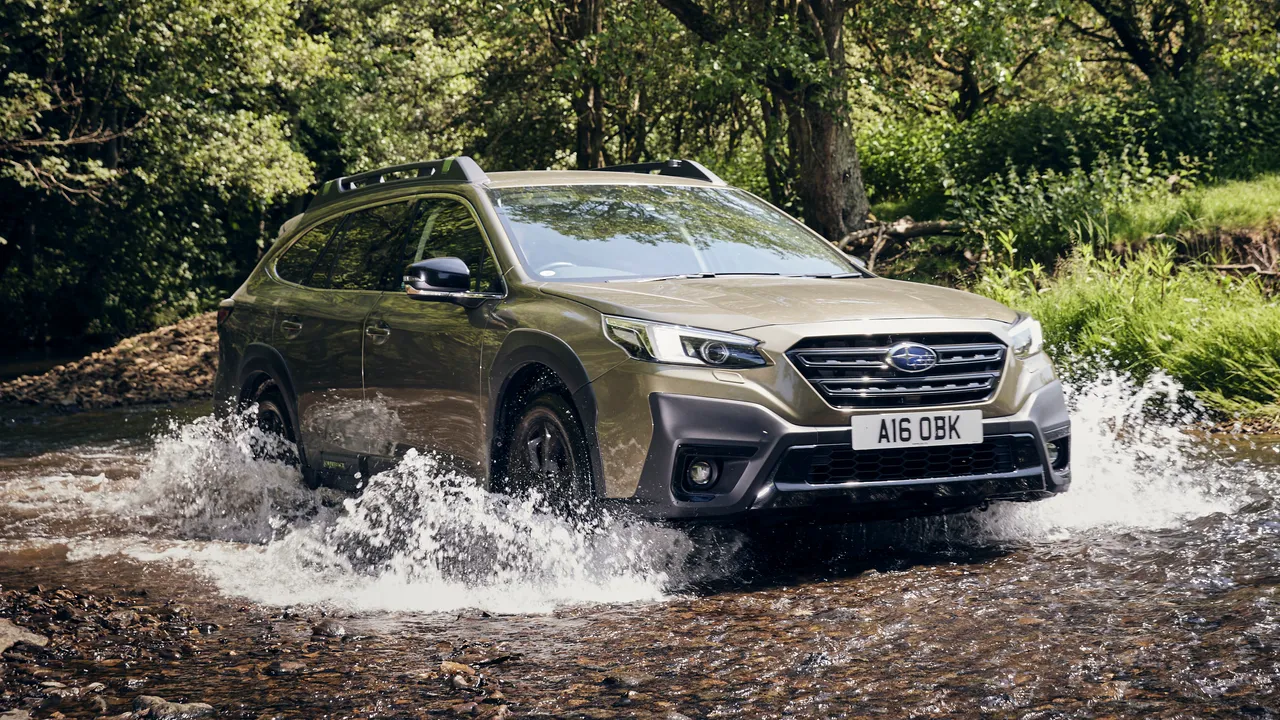
Another notable aspect is the Outback’s Boxer engine. Its low center of gravity improves handling and stability, especially in slippery conditions. For anyone living in a snowy region, the Subaru Outback is the perfect vehicle to get through winter safely and reliably.
2. Toyota Land Cruiser
The Toyota Land Cruiser has earned a reputation for being virtually indestructible, and when it comes to winter driving, it’s in a league of its own. This full-size SUV is equipped with a robust 4WD system, capable of handling even the most extreme conditions.
Its high ground clearance and durable suspension system allow it to conquer deep snow, mud, and rugged terrain without breaking a sweat.
The Land Cruiser’s Kinetic Dynamic Suspension System (KDSS) helps adjust suspension settings to maximize wheel articulation and traction, which is especially useful on slippery, uneven surfaces.
The vehicle’s multi-terrain select system also ensures that the powertrain adjusts to different surface conditions, including snow and ice, for maximum control and safety.
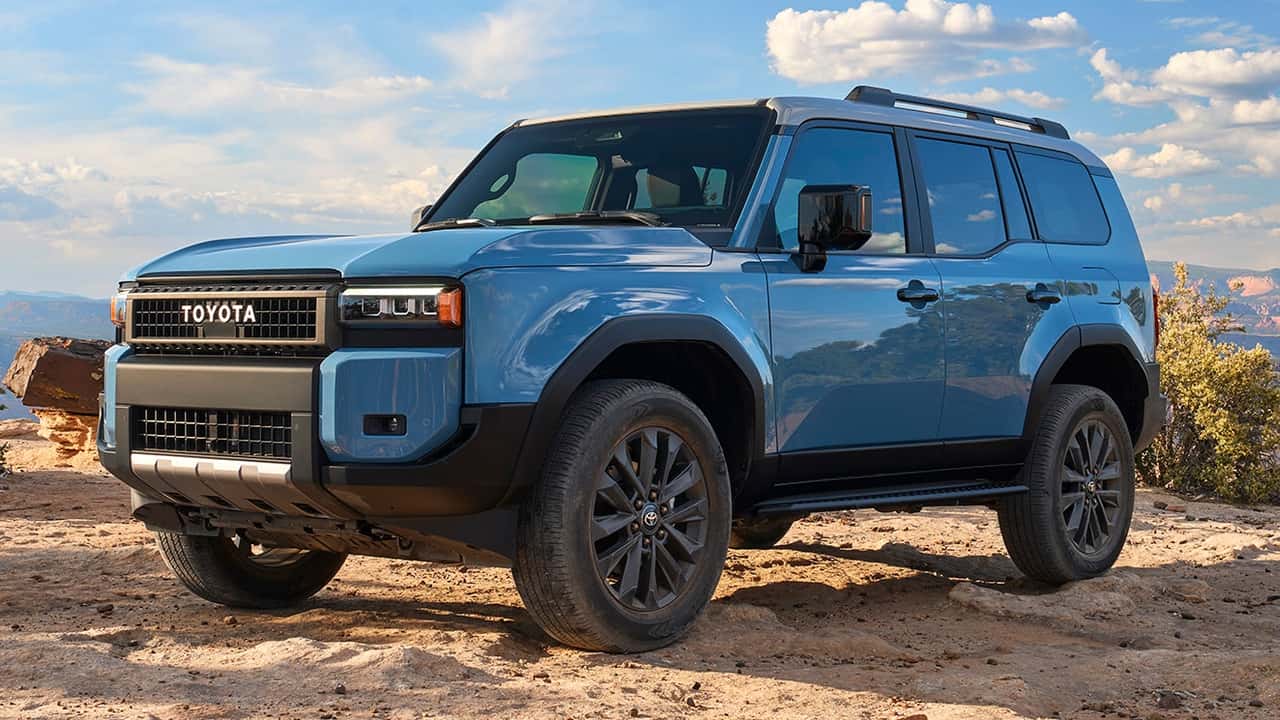
With a spacious interior, heated seats, and heated steering wheel, the Land Cruiser ensures that passengers stay comfortable even in the harshest winter conditions. It’s built to last and offers the reliability and ruggedness that makes it a top choice for snow-bound adventures.
3. Jeep Grand Cherokee
The Jeep Grand Cherokee has long been a favorite among drivers who need a vehicle capable of both rugged off-roading and handling winter conditions.
Its Quadra-Drive II 4WD system is one of the best in the industry, providing exceptional traction and stability on snow, ice, and slush. The system automatically detects wheel slip and adjusts power distribution to ensure the best possible grip on slippery roads.
The Grand Cherokee also offers several winter-ready features, including heated front and rear seats, a heated steering wheel, and windshield wipers with de-icing capability.
The Selec-Terrain traction management system allows drivers to switch between different modes (including Snow, Sand, Mud, and Rock), further enhancing the vehicle’s performance in winter conditions.
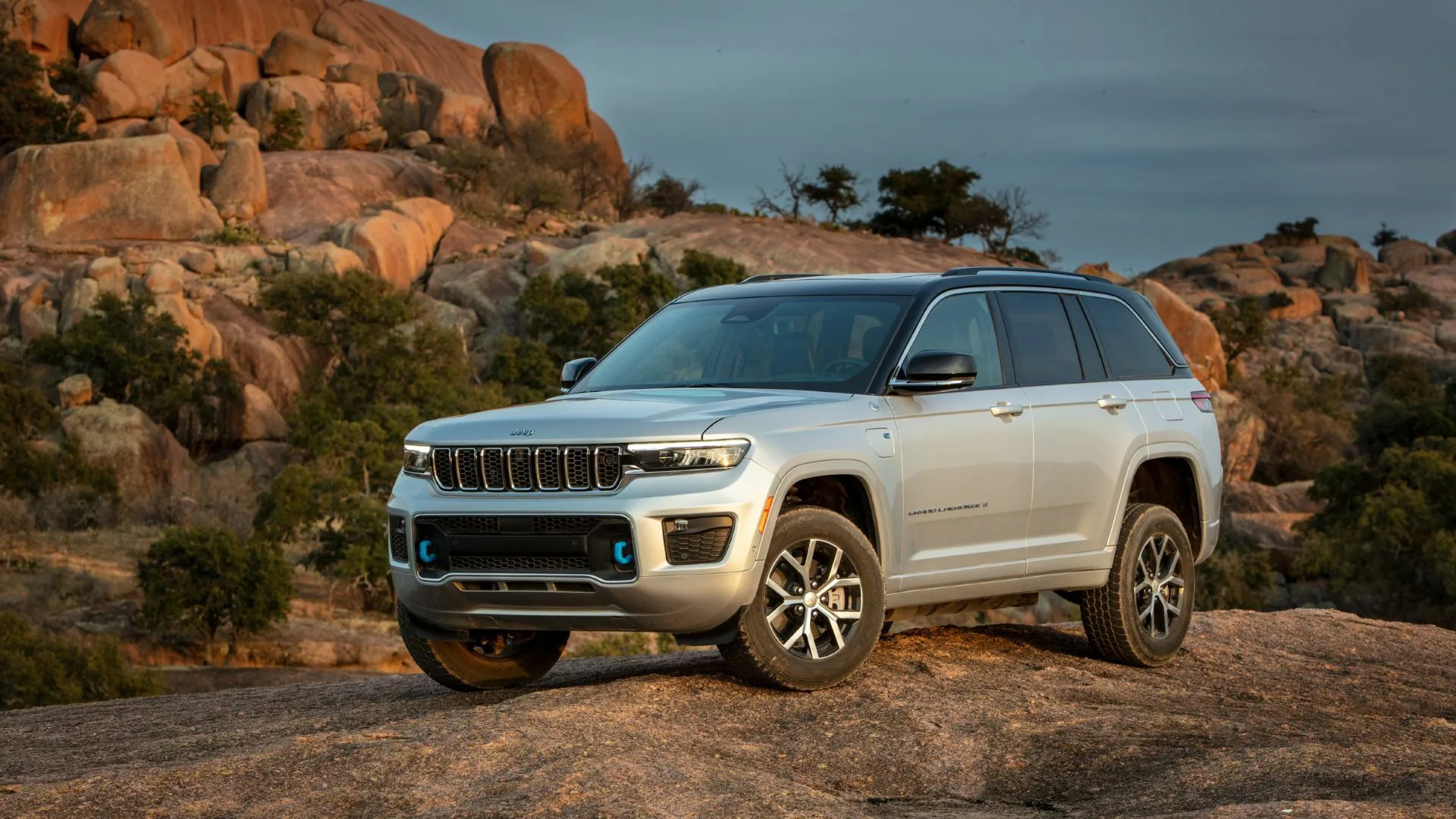
Additionally, the Grand Cherokee’s air suspension system can raise the vehicle’s height for better ground clearance, allowing it to traverse through deep snow without issue. Whether you’re tackling city streets or heading off the beaten path, the Jeep Grand Cherokee is a reliable companion for winter driving.
4. Audi Q5
The Audi Q5 offers a refined and luxurious driving experience while still being highly capable in winter conditions. Its quattro AWD system is one of the most reliable on the market, providing excellent traction on snow, ice, and wet roads.
This system is paired with dynamic control systems, which continually adjust power delivery to maximize stability and prevent wheel spin on slippery surfaces.
The Q5’s ground clearance is also generous for a luxury SUV, allowing it to handle heavy snow without scraping the undercarriage. Inside, the Q5 is equipped with heated seats, a heated steering wheel, and advanced climate control systems, ensuring comfort and warmth no matter how cold it gets outside.
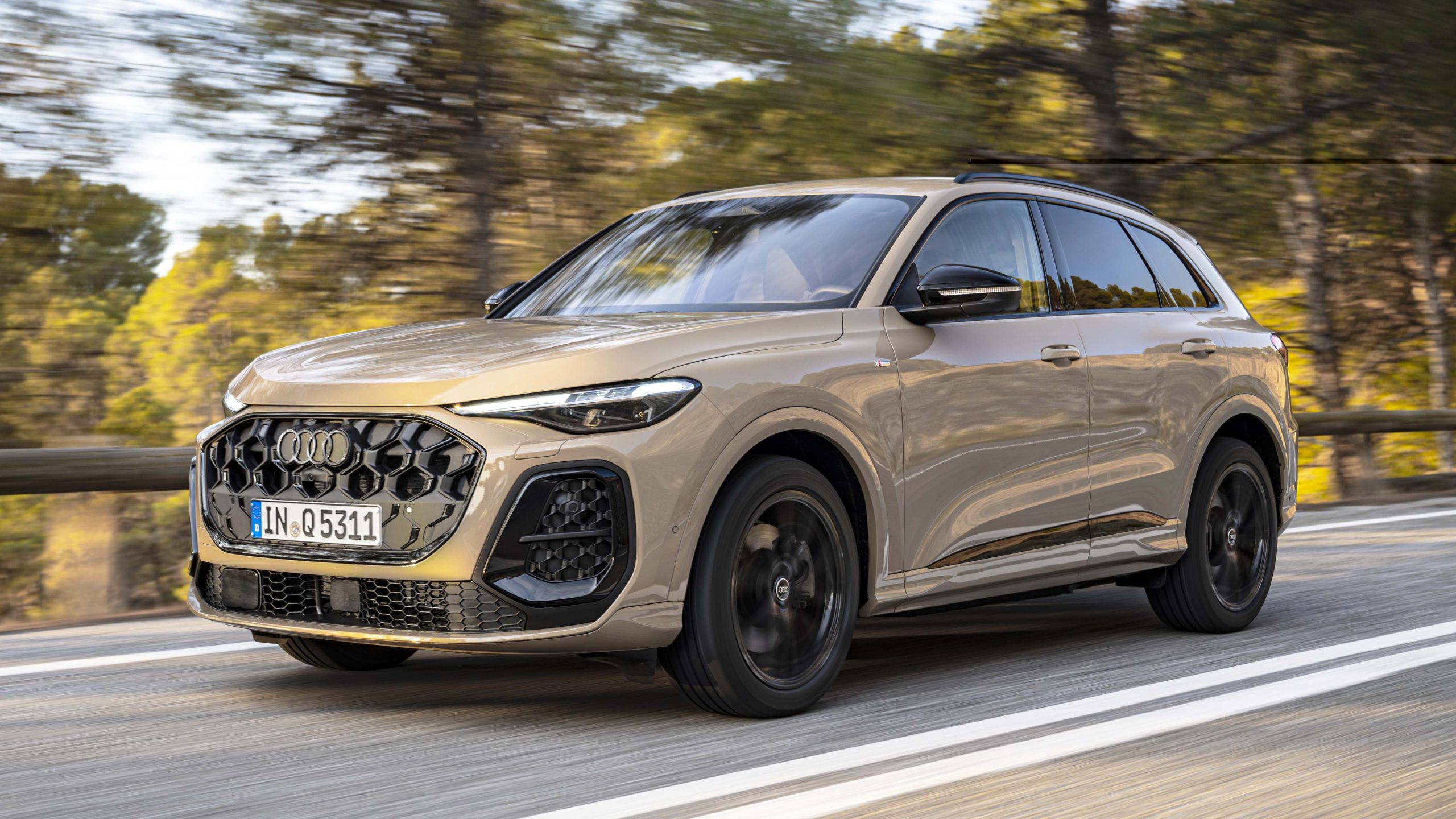
For added peace of mind, the Audi Q5 offers adaptive cruise control, lane assist, and other winter-ready features that help drivers maintain control in challenging conditions. Its combination of luxury and performance makes it an excellent choice for those looking to navigate harsh winters in style and comfort.
5. Ford Expedition
The Ford Expedition is a full-size SUV that delivers powerful performance in winter conditions. Its intelligent 4WD system works seamlessly to provide optimal traction on icy or snowy roads, automatically distributing power to the wheels that need it most.
Whether you’re navigating a snowstorm or driving on icy highways, the Expedition’s 4WD system ensures you stay in control. The Expedition also boasts high ground clearance and heavy-duty suspension, which make it a great option for deep snow or unplowed roads.
Inside, the Expedition is packed with heated seats, a heated steering wheel, and dual-zone climate control, ensuring that passengers stay comfortable even during the coldest months.
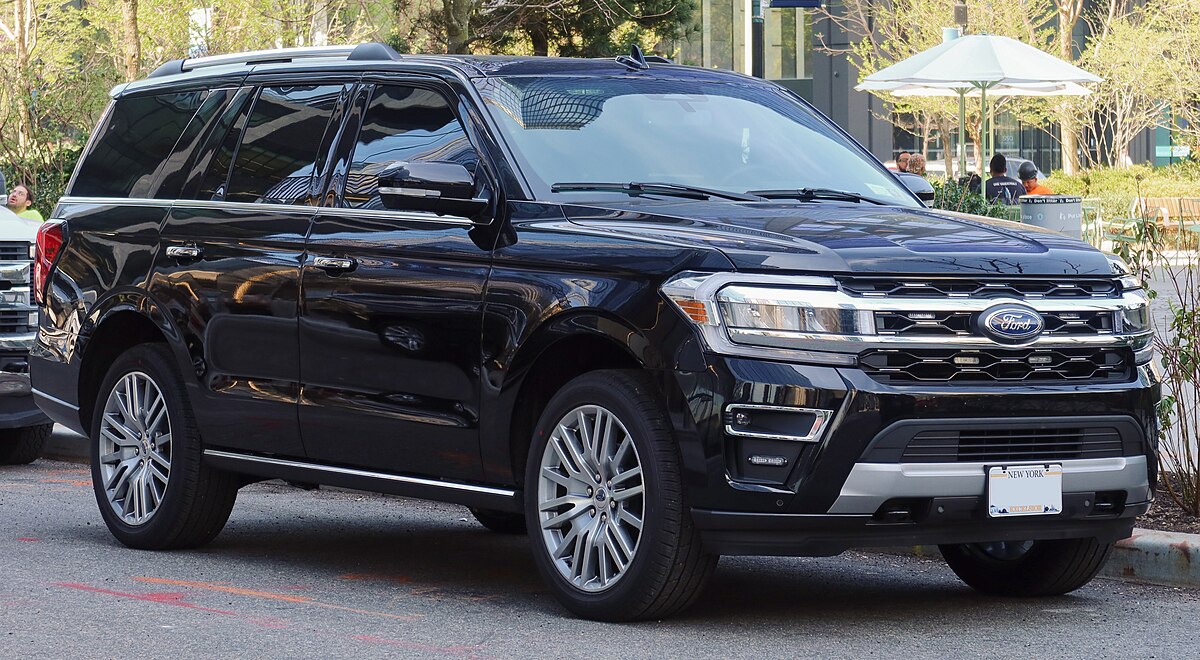
With a spacious interior and rugged capability, the Ford Expedition is not only perfect for winter driving but also for those who need to haul cargo or tow during snowy conditions. It’s a dependable vehicle that ensures you can navigate the harshest winters without issue.
These five SUVs are all built to conquer snow, ice, and freezing temperatures with ease. Whether you’re looking for a rugged off-roader, a luxury vehicle, or a spacious family hauler, these models have the reliability, traction, and features needed to keep you safe and comfortable during winter’s harshest months.
5 SUVs That Don’t Even Start
While there are many SUVs that perform admirably in harsh winter conditions, some vehicles are downright unprepared for the freezing temperatures and treacherous roads.
Despite their appearance and specifications, these SUVs tend to struggle when winter weather hits, often leaving drivers stuck in the cold, unable to start or maintain performance.
The reasons these SUVs fail in winter conditions vary — from subpar drivetrain systems and inadequate winter features to problematic battery issues and lackluster insulation.
These vehicles might not have sufficient ground clearance to prevent snow from blocking vital undercarriage components or fail to provide the essential traction control needed on slick roads.
Some might even have mechanical issues that only become evident when the temperature plummets, like faulty fuel systems or engines that don’t handle the cold well.
In addition to mechanical struggles, the absence of features like heated seats, strong defrosting systems, and winter tires can compound the problem.
These SUVs are notorious for leaving drivers stranded, and their lack of preparation for the winter months can make everyday driving a risky endeavor in colder climates.
In this section, we’ll delve into 5 SUVs that are notorious for struggling in harsh winters. From low traction capabilities to powertrain deficiencies, these vehicles often don’t have the necessary systems to survive a snowy, icy winter.
1. Dodge Journey
The Dodge Journey might seem like a capable family SUV, but it quickly reveals its shortcomings in winter conditions. Its front-wheel-drive (FWD) layout is one of the biggest limitations, as it doesn’t offer the traction needed to navigate deep snow or icy roads, especially without an available all-wheel-drive option in many models.
In addition, the Journey’s suspension system isn’t optimized for winter driving, leading to poor handling on slippery surfaces.
Cold weather exposes several vulnerabilities in the Journey. One significant issue is its battery life. The vehicle’s battery can struggle to maintain charge in freezing temperatures, leading to slow starts or a complete failure to start.
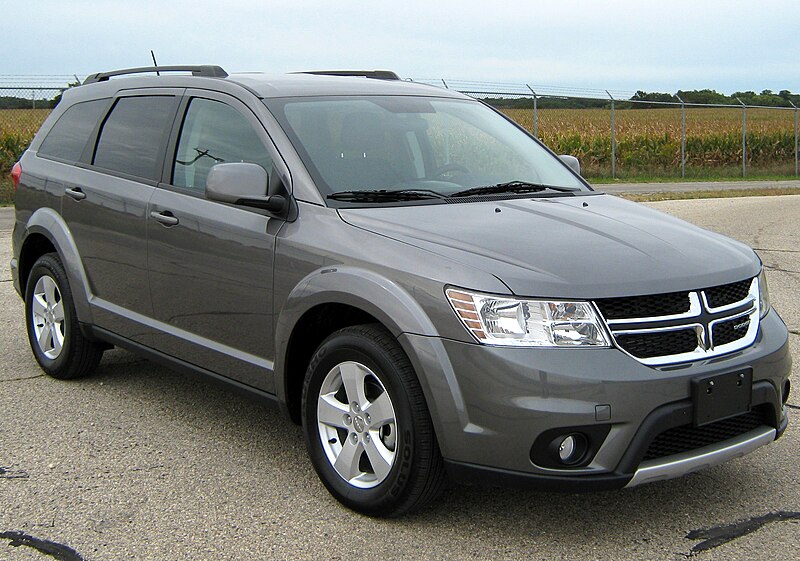
Furthermore, the lack of advanced winter features such as heated seats or a strong de-icing system leaves the interior uncomfortable and difficult to use during winter.
Although it’s generally inexpensive and practical for warmer climates, the Dodge Journey simply doesn’t perform well in winter conditions. It’s a prime example of how an SUV that’s not built for extreme weather can easily get stuck or fail to start when the snow piles up and temperatures drop.
2. BMW X1
The BMW X1 is a compact luxury SUV that offers sporty handling and a premium interior. However, when it comes to winter driving, it struggles significantly.
While it comes with all-wheel drive (AWD), the X1 lacks the type of rugged drivetrain or snow-ready systems necessary for serious winter weather. It’s better suited for city driving, not for enduring heavy snowfalls or icy roads.
The low ground clearance of the BMW X1 exacerbates its struggles. In deep snow, the undercarriage can easily scrape the ground, preventing the vehicle from moving efficiently. Also, the AWD system isn’t as advanced as other winter-ready vehicles, leaving the X1 vulnerable to getting stuck in deep snow or slush.
The run-flat tires that come standard with the X1 also don’t help when driving in winter conditions, as they offer less grip on slippery roads compared to traditional winter tires.
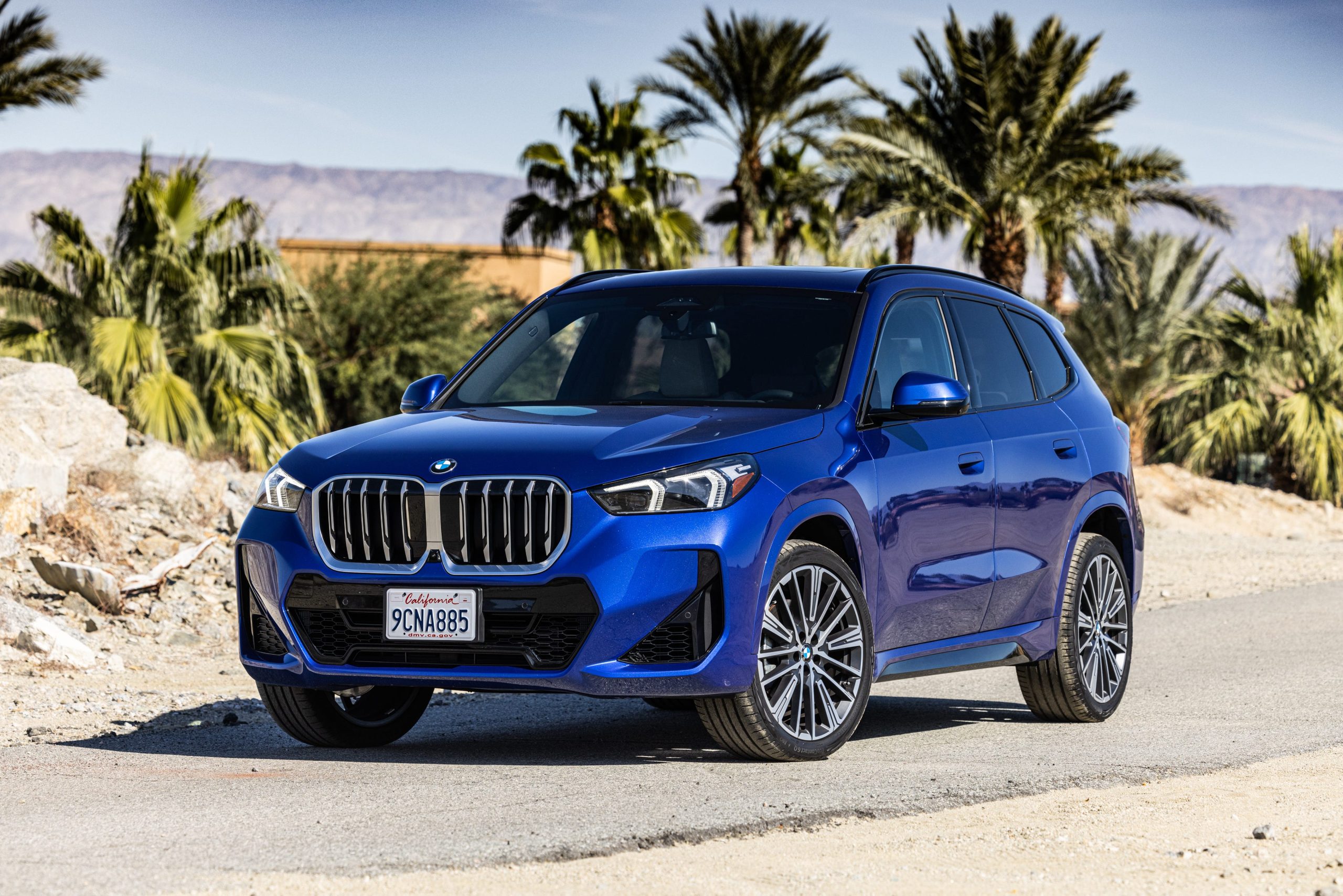
Cold temperatures can also take a toll on the BMW X1’s battery and fuel system, causing engine trouble or sluggish starts. Despite being an attractive choice for everyday use, its inability to handle harsher winter conditions makes it one to avoid for those living in colder climates.
3. Land Rover Discovery Sport
The Land Rover Discovery Sport is marketed as an off-roading, rugged SUV, but when it comes to winter driving, it’s not nearly as reliable as its name might suggest. While it offers a capable 4WD system, it often falls short when dealing with deep snow, icy roads, or freezing temperatures.
Many owners report issues with the battery failing in extreme cold, which can prevent the Discovery Sport from starting altogether. The electrical system is often unreliable in sub-zero temperatures, causing various dashboard warning lights to flash erratically and affecting performance.
Even with its off-road capabilities, the vehicle’s traction control system isn’t as refined for winter driving, leaving the tires spinning on slick roads instead of providing stability.
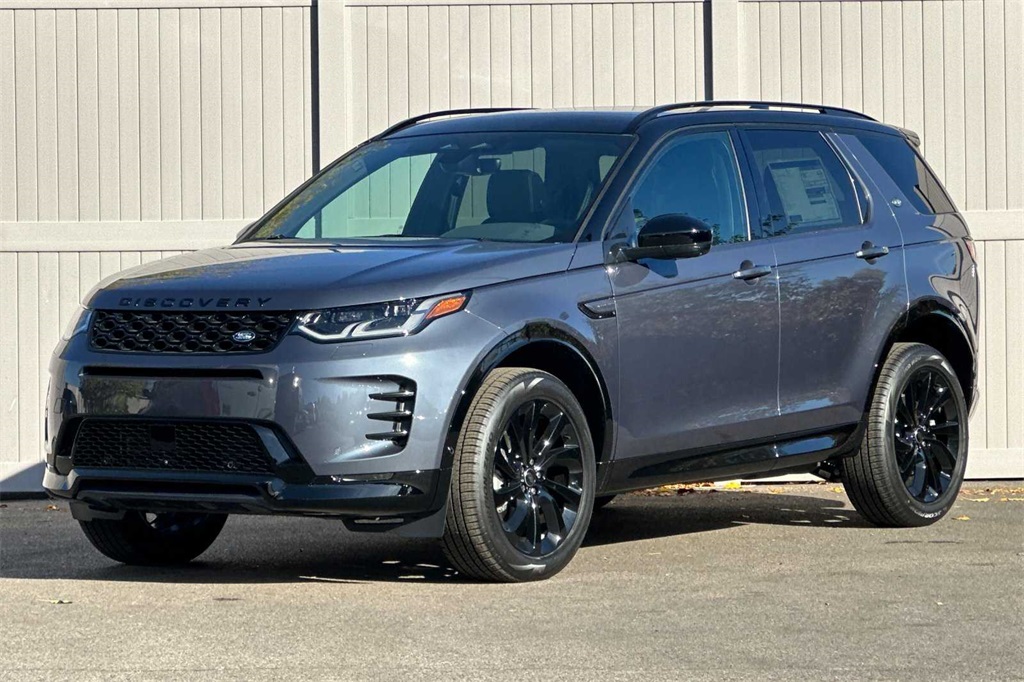
Another winter disadvantage of the Discovery Sport is its relatively low ground clearance, which limits its ability to handle deep snow.
When the snow piles up, this SUV can quickly get bogged down. While it looks capable of handling the winter elements, its weak winterization features make it far less effective than other SUVs in the same price range.
4. Chevrolet Equinox
The Chevrolet Equinox is often considered a reliable and affordable compact SUV, but when winter hits, it’s not the best choice. The base front-wheel-drive system lacks the necessary grip and stability for icy conditions, especially if you don’t opt for the AWD version.
Even with AWD, the Equinox doesn’t stand up to more winter-friendly competitors, as its traction control system and tires aren’t optimized for snowy roads.
When temperatures drop, the Equinox’s battery can suffer, causing difficulty starting the vehicle or experiencing sluggish engine performance.
Additionally, the vehicle’s underbody insulation isn’t well-suited for extreme cold, causing parts to freeze or malfunction in freezing weather. As with many non-winter-ready vehicles, this can lead to breakdowns or a complete inability to start.
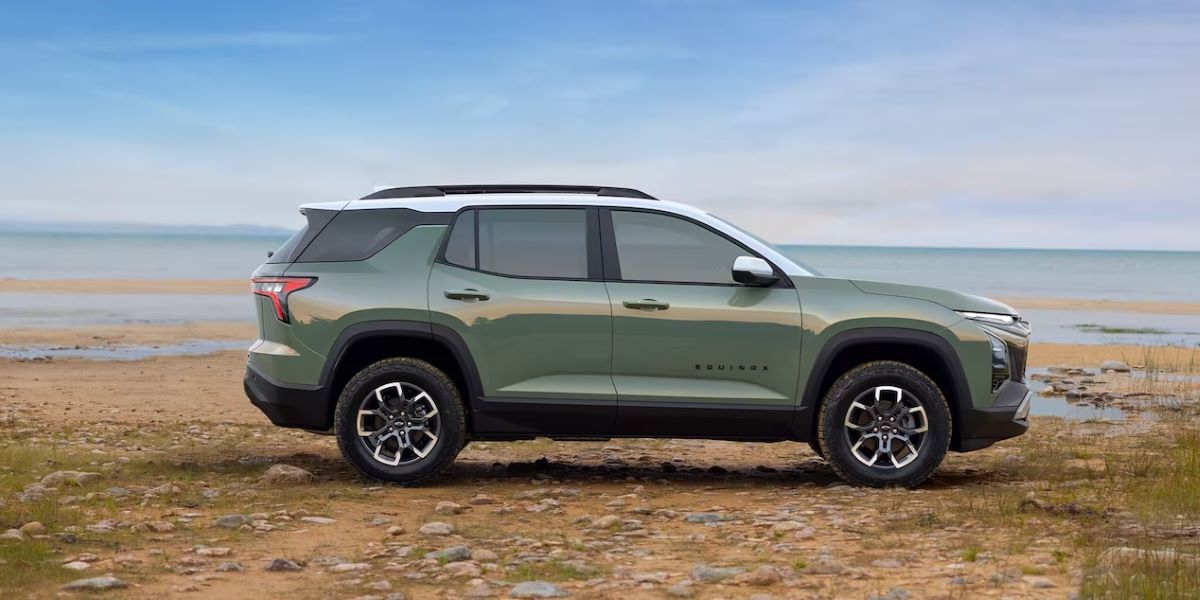
Although it can manage light snow, the Equinox is not ideal for harsh winter conditions. Its lower ground clearance, inadequate drivetrain options, and lack of essential winter features make it a poor choice for tackling snowy or icy roads.
5. Nissan Rogue
While the Nissan Rogue is a solid SUV for everyday driving, it’s far from winter-ready. Although the AWD version provides some added traction, it’s not nearly as robust as other competitors that offer more refined systems specifically designed for winter.
The Rogue struggles to handle deep snow, ice, and slush due to its low ground clearance and underpowered AWD system.
One of the biggest problems with the Rogue in winter is its fuel system, which can cause issues in extreme cold. The fuel lines and pump are prone to freezing, leading to a complete failure to start or stalling during operation.
Additionally, the Rogue’s battery is often unreliable when exposed to freezing temperatures, leading to trouble starting the engine.
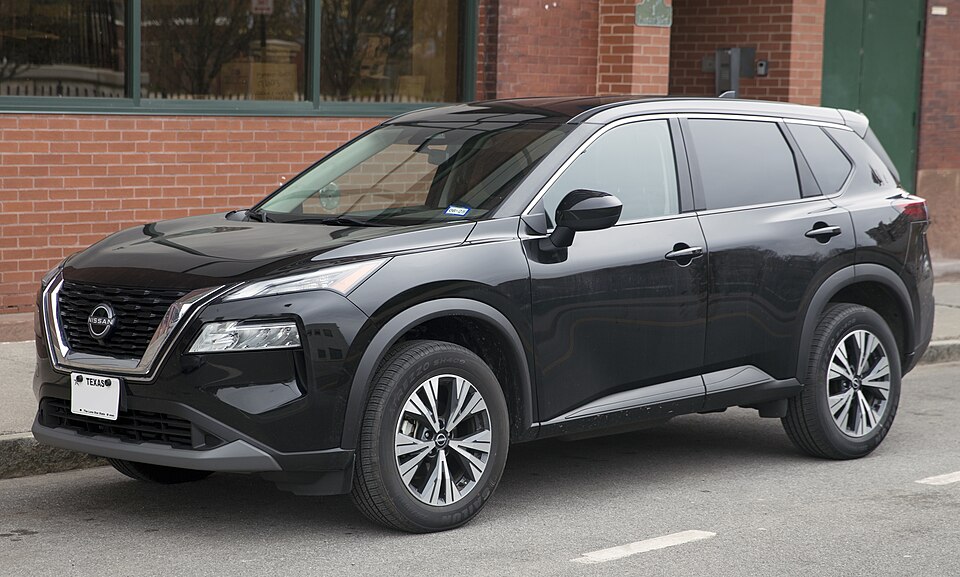
The lack of winter-focused features, such as high ground clearance, a snow mode, or heated seats, also makes the Rogue less suited for harsh winter conditions. For those in colder climates, relying on a Nissan Rogue in winter can quickly turn into a frustrating experience.
These five SUVs serve as a warning to those who may be considering them for winter driving. While they may be fine in milder conditions, their inability to perform reliably in snow, ice, and extreme cold makes them risky choices for anyone facing harsh winters.
From lackluster AWD systems to unreliable batteries, these vehicles don’t hold up well when the temperature drops.
When it comes to winter driving, choosing the right SUV can make all the difference between safely navigating snow-covered roads or being stuck in a dangerous situation.
The 5 SUVs that withstand harsh winters stand out because of their reliable traction systems, high ground clearance, and winter-specific features.
Vehicles like the Subaru Outback, Toyota Land Cruiser, and Jeep Grand Cherokee are built to handle extreme weather conditions with ease, from deep snow to icy roads.
Their robust AWD or 4WD systems, combined with essential winter features like heated seats and stability control, ensure that these SUVs are not only comfortable but also capable of keeping you moving in the most severe winter conditions.
However, the 5 SUVs that don’t even start highlight the importance of not simply relying on a vehicle’s appearance or reputation.
Even though some of these SUVs, such as the Dodge Journey and BMW X1, might seem like reasonable choices for winter, their inability to handle cold temperatures, snow, and ice can lead to major issues.
Whether it’s a weak drivetrain, low ground clearance, or a lack of necessary winter features like heated seats or advanced traction control, these vehicles are not up to the task when winter weather arrives.
The Nissan Rogue and Chevrolet Equinox further emphasize how important it is to invest in an SUV that has been designed with winter conditions in mind. Choosing an SUV that is equipped for winter driving is crucial if you live in a region that experiences extreme weather.
The right vehicle can ensure that you stay safe, warm, and in control, while the wrong one can leave you stranded in the cold. When it comes to harsh winters, it’s always better to go with a tried-and-tested winter performer rather than taking chances with an ill-suited SUV.
Also Read: 5 Cars That Hold Up in Flood Zones and 5 That Fall Apart in Rain

